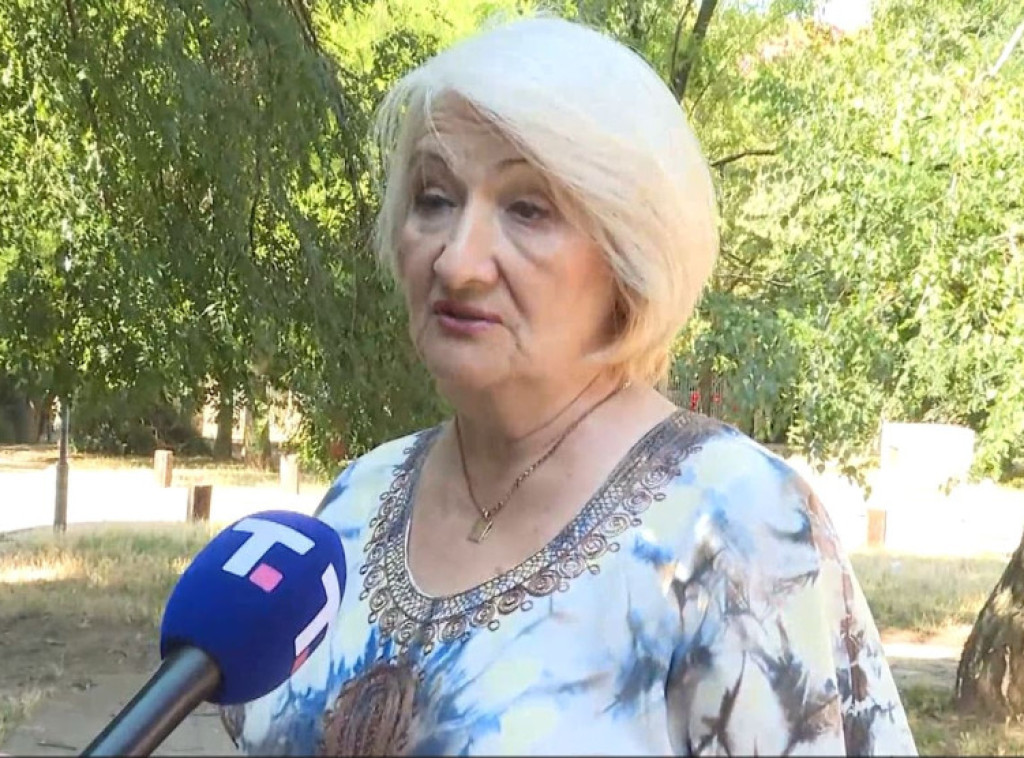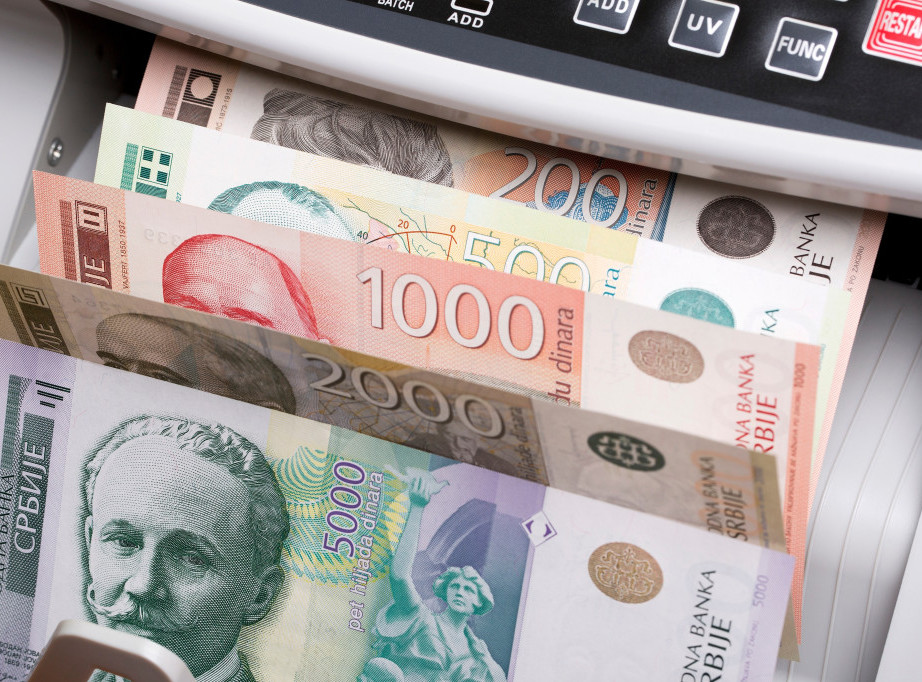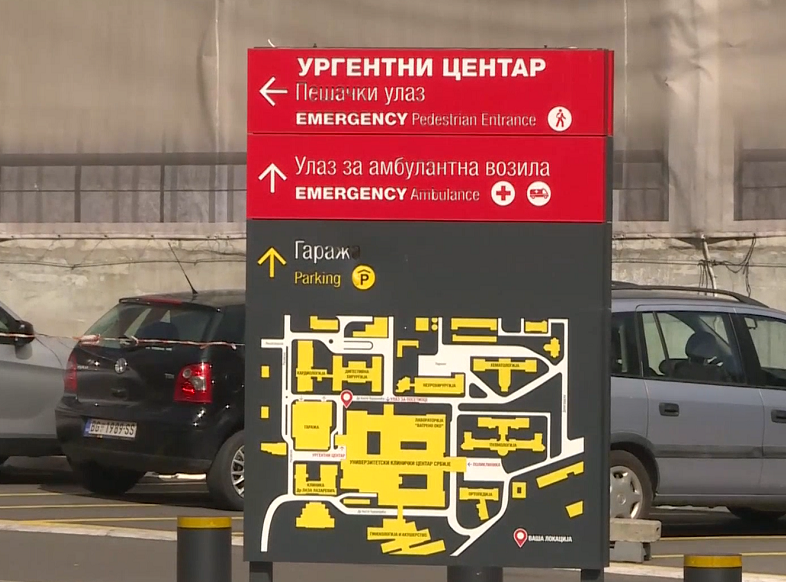Serbia’s Borders in Total Chaos!
Have you ever waited at a border for hours? How about waiting for 80 hours? Yes, you read that right – 80 hours! Passenger vehicles at the Gradina border crossing exiting Serbia are currently facing an unbelievable 80-hour wait. That’s more than three days stuck in a line, while drivers and passengers wonder if they’ll ever reach their destination.
But wait, there’s more. At the Horgoš crossing, passenger vehicles entering the country wait 60 hours, while at Preševo, the exit queue reaches 60 hours and the entry queue 20 hours. At Šid, cars wait 45 hours, and freight vehicles up to 3 hours.
These numbers are shocking and totally unacceptable for anyone planning travel or freight transport. Is this due to poor organization, increased traffic, or something else? One thing is clear – Serbia’s border control system is on the brink of collapse.
Why is this happening?
According to the Serbian Border Police Administration, these figures are current and obtained in real time. While increased numbers of passengers and freight vehicles seem to be a factor, it’s obvious there are serious problems with efficiency and capacity at the border crossings.
For example, at Batrovci, passenger vehicles wait about half an hour, which is much less but still a problem for those in a hurry.
What does this mean for citizens and the economy?
Imagine you’re on your way home or an important business trip, and instead of arriving in a few hours, you’re stuck in a line for days. It’s not just frustrating, it’s expensive. Fuel costs, lost time, missed deals, and stress all pile up while you wait to cross the border.
For the economy, especially freight transport, these delays mean late deliveries, higher costs, and loss of customer trust. Freight vehicles at Šid wait up to 3 hours, which might just be the tip of the iceberg in logistics problems.
Will anything change?
Unfortunately, there are no clear signs that the situation will improve soon. The Border Police regularly publish wait times, but concrete measures to speed up the process are either absent or ineffective.
This is a wake-up call for the authorities – citizens and businesses cannot endure these conditions. If nothing changes, expect even bigger problems, especially during the summer holiday season and increased traffic.
Conclusion
Serbia’s borders are currently in chaos, and waits of up to 80 hours are unacceptable. The system is overloaded and inefficient, and everyone feels the consequences – from ordinary travelers to big companies.
If you’re stuck in a line or have a hilarious border story, share it in the comments. Maybe together we can survive these epic waits or at least laugh at our misery!
Who knows, maybe your comment will be the straw that breaks the camel’s back and finally forces the authorities to act!




































































